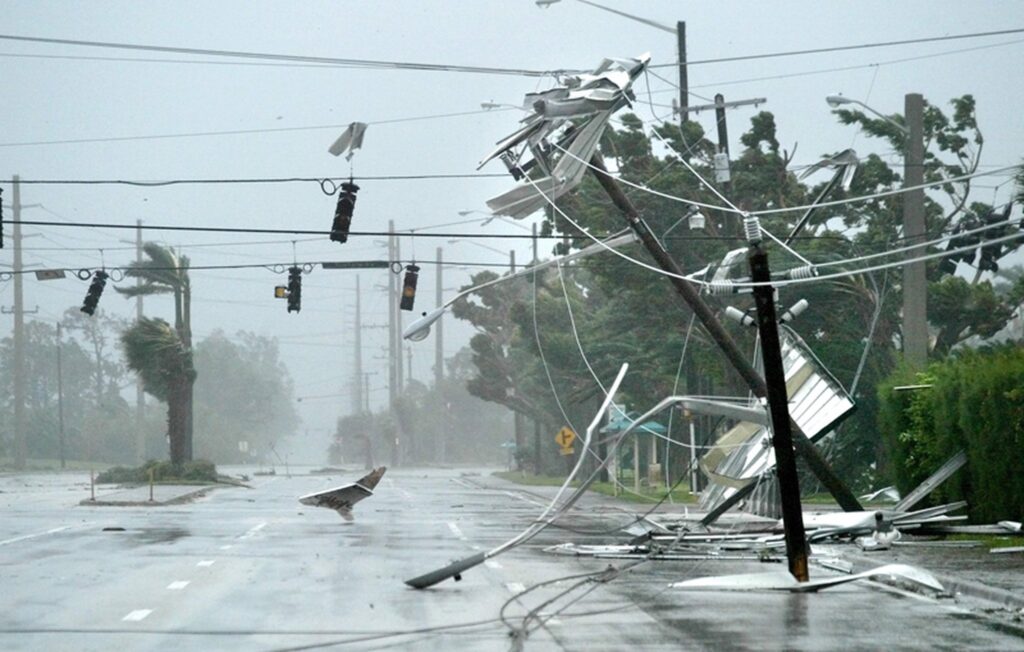
1. Hurricanes and tropical storms are not just powerful gusts of wind. They can produce dangerous amounts of rain & flooding, too. Learn how to protect your family, home, or business from all the potential effects of hurricanes and tropical storms. For more info: https://www.maine.gov/mema/hazards/natural-hazards/hurricanes
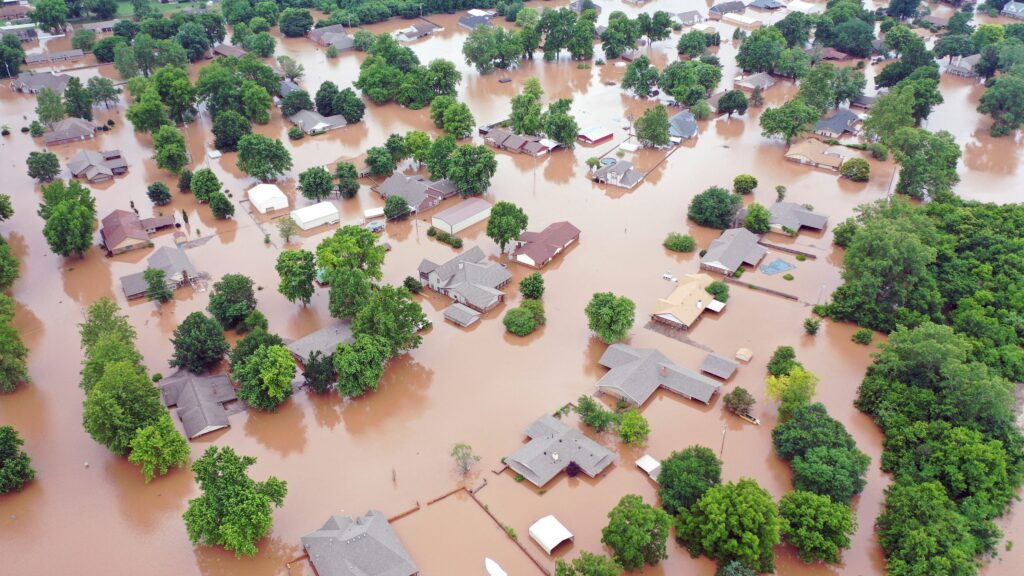
2. Flooding doesn’t only happen in the spring. Too much rain in the wrong places in too short a time = flooding potential. When flood watches are posted, stay alert! And check with your insurance agent: should flood insurance be part of your protection plan?

3. Select two places to meet: a spot outside your home for an emergency such as fire, and a place away from your neighborhood in case you cannot return home (a real possibility during the day when most adults are at work and children are at school). Then make sure that everyone knows where to meet.
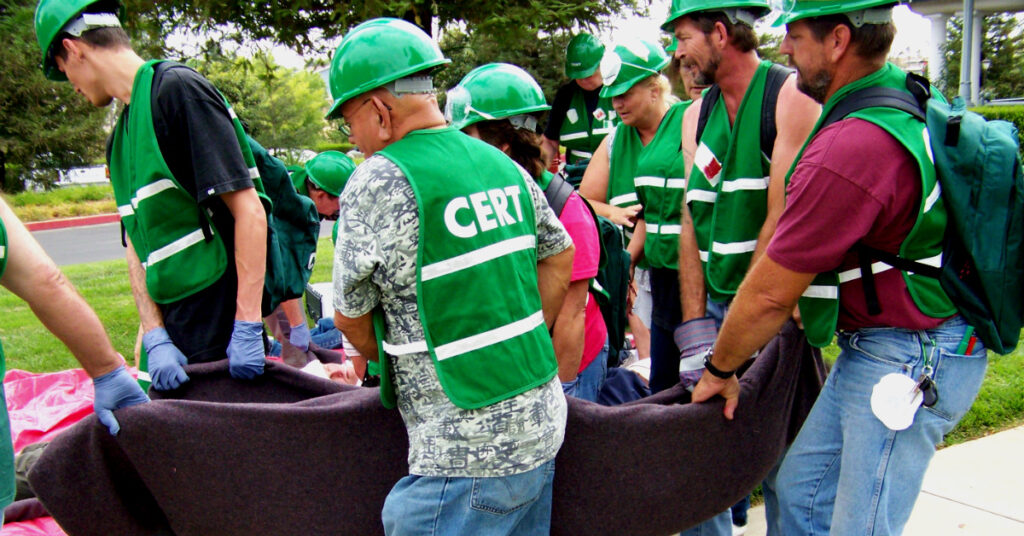
4. If you, and a group of friends or colleagues are interested in contributing to public safety in your community, talk to your local or county emergency management director about joining or forming a Community Emergency Response Team (CERT). CERT members receive about twenty hours of basic training, and then support local public officials during emergencies. CERTs in Maine help direct traffic, run shelters and take care of animals in emergencies. Could this be your special way of helping your community?
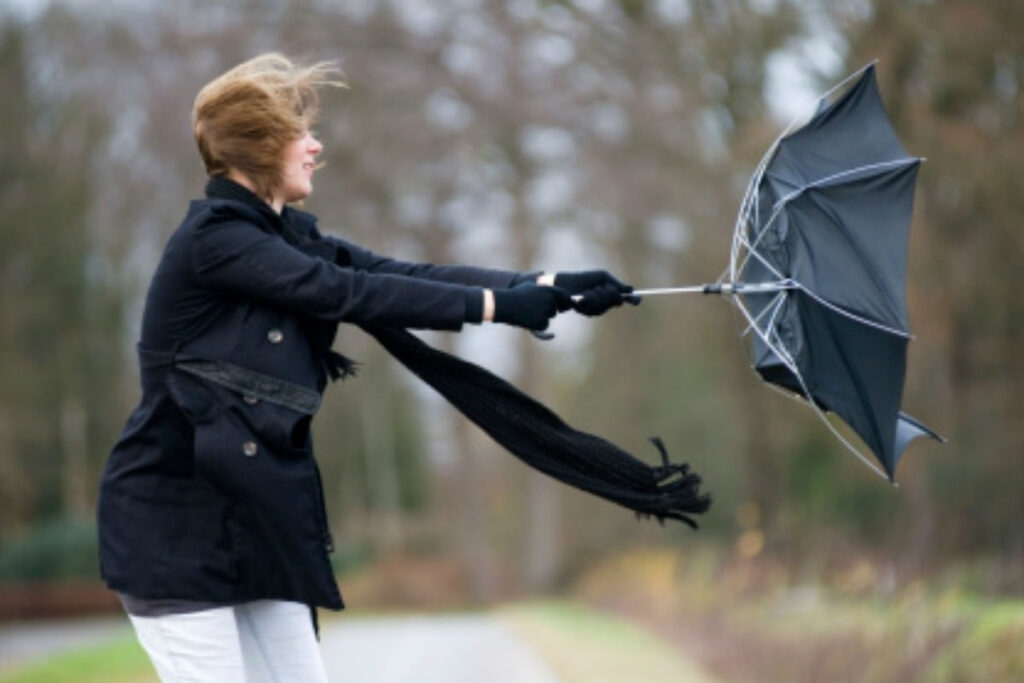
5. Walk around outside your home and think about what could happen if a lot of wind and rain hit the area. Are there dead tree branches or things that can blow around and cause damage? Then take action to ensure you and your family will weather the storm.
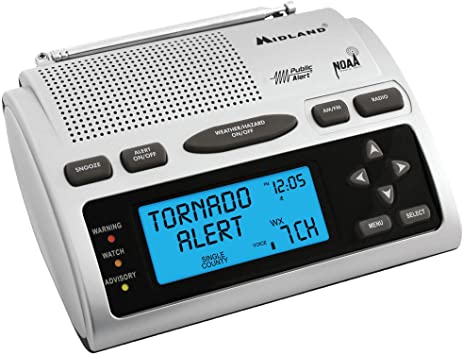
6. Be prepared for severe weather! – Make sure storms don’t sneak up on you. Check the weather report every day, from your favorite radio or TV station, the Internet, or NOAA Weather Radio. Or download the FEMA app for your smart phone: http://www.fema.gov/mobile-app for alerts from the NWS for your area!

Remember why we’re preparing for emergencies!
7. In a large-scale emergency, responders will have their hands full helping the most vulnerable citizens. Travel may be restricted, or businesses closed. If you have what you need, and know how to take care of yourself, you will be helping your community weather the storm.
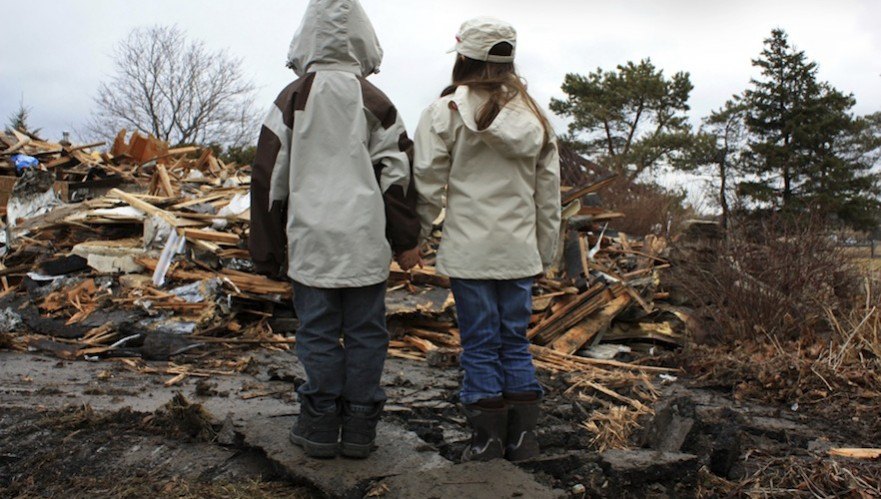
8. Are your children prepared? Teach your children what to do in an emergency if they are at home or away from home. ready.gov/kids.

What needs would you or your family have in an emergency? #BeReady
9. What if the ATM doesn’t work due to a power outage? Keep some cash on hand in case of emergencies. Be sure to consider specific needs in your household. Learn more at https://www.ready.gov/plan.
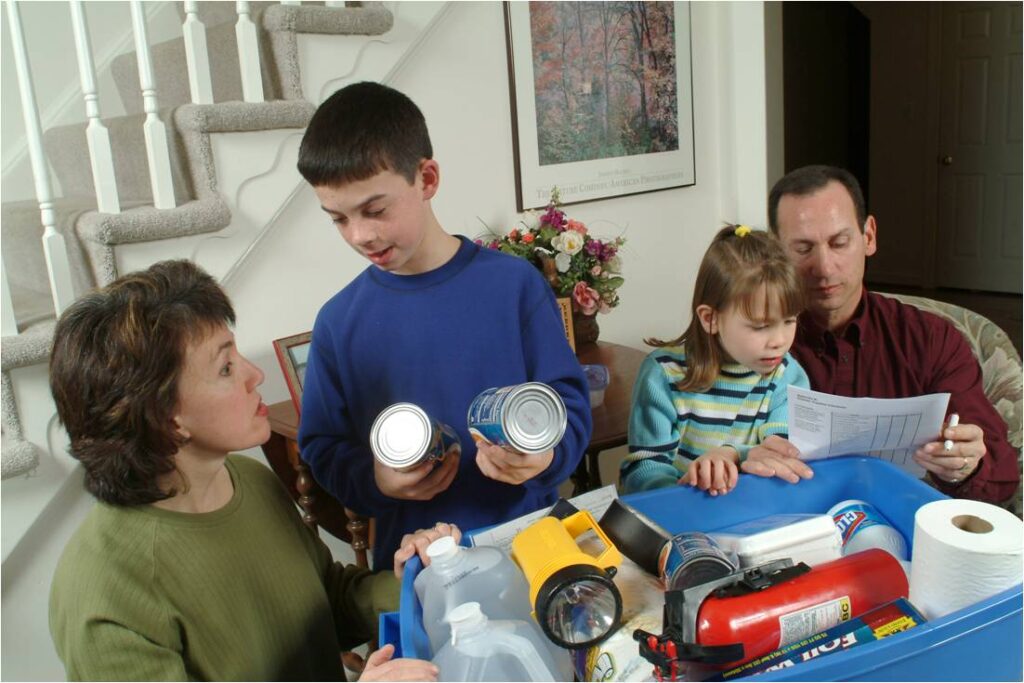
Get your children involved! #BeReady
10. If your children are involved in your plan for emergencies, they will know you have a plan and be ready to do their part. This will give the whole family some confidence to weather the storm!
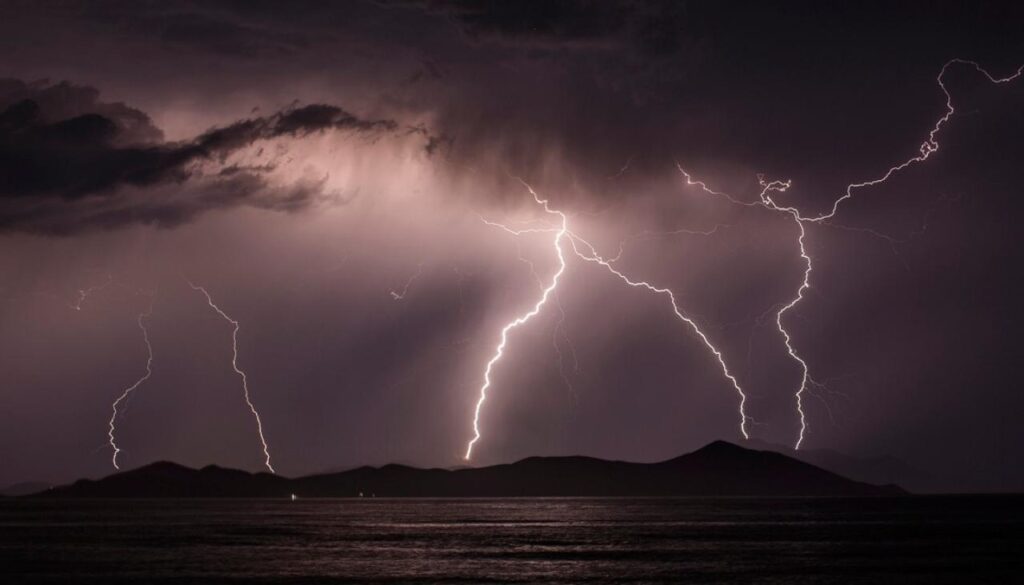
Become part of the Weather Ready Nation!
11. Quite a few disasters are caused by the weather. Being more prepared benefits you, your family and your business. For more info check out: http://www.weather.gov/wrn/
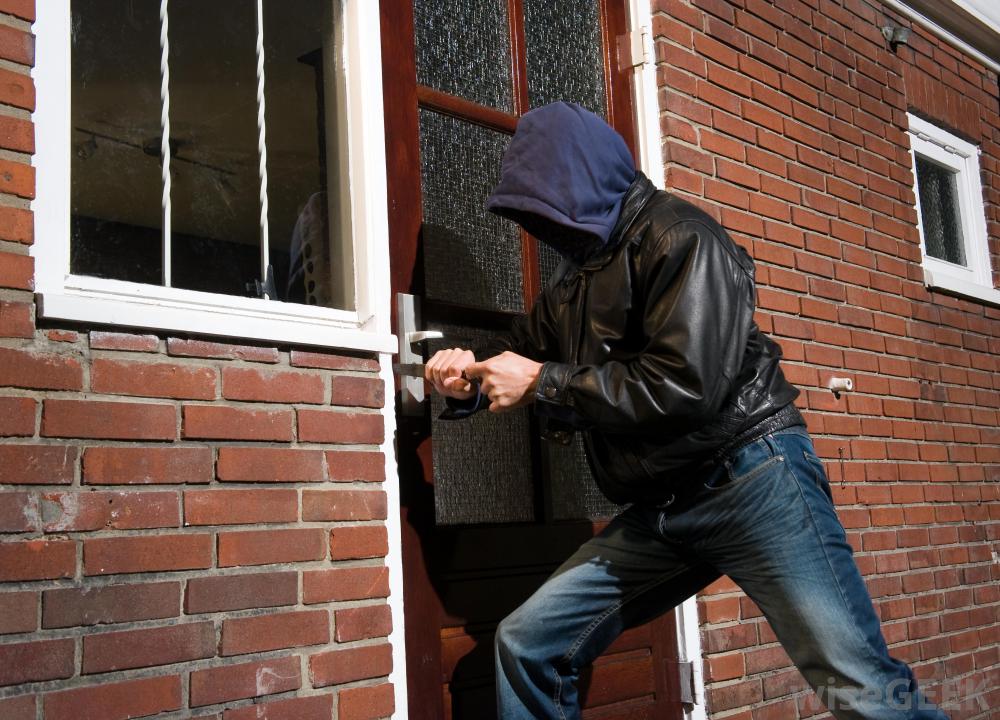
12. The public should report suspicious activity such as the discovery of a suspicious package or suspicious behavior, such as someone breaking into a restricted area, attempting to gain access into a restricted area, or making suspicious purchases of precursor chemicals. If you see suspicious activity in Maine please call your local law enforcement agency.
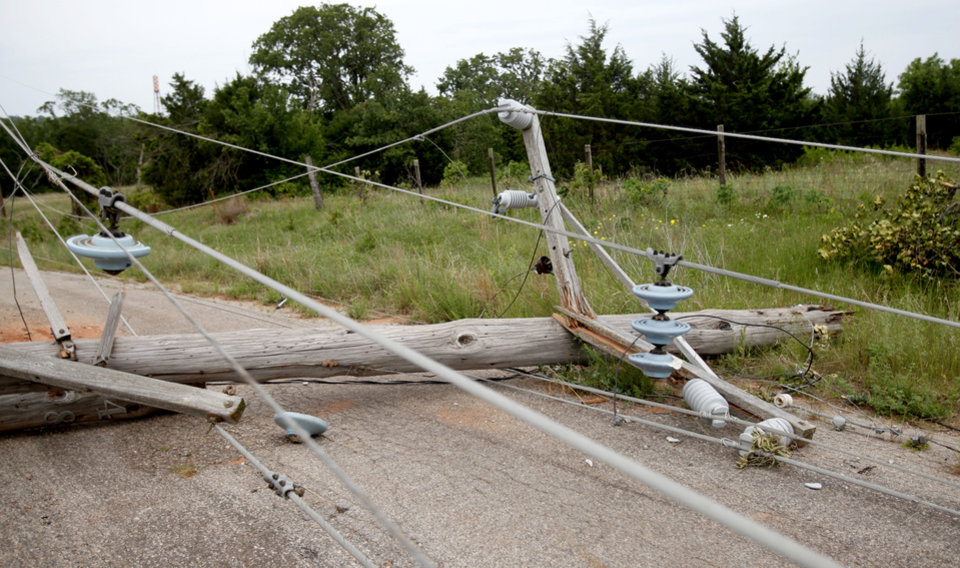
No line is safe to touch (ever)
13. High winds bring down tree limbs and cause power outages. If you encounter a downed power line across a road or on your property, call your electric utility immediately. Stay away from the line, and stay safe.
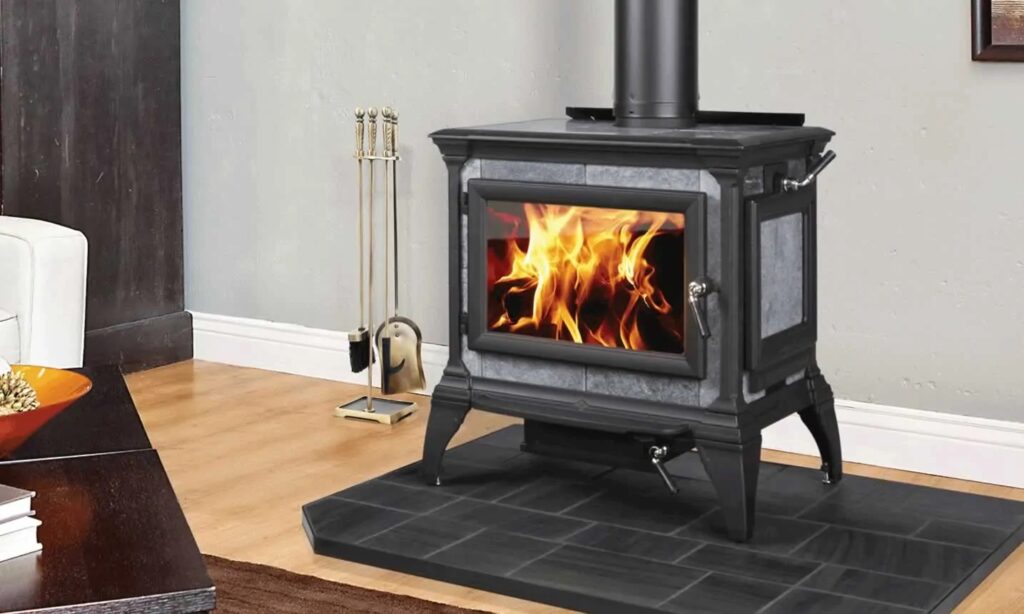
It is getting cold outside! Check your wood stove for safety
14. Now is the time to make sure that everything about your woodstove is operating properly. Clear away all those newspapers and other flammable things that have piled up around the stove over the summer. Get your chimney cleaned and inspected by a professional. If you are installing or using a wood stove for the first time, do all these things plus talk with your local fire department to make sure your stove meets installation codes.

| Thank a first responder! 15. We are all fortunate to have a network of folks that can help us quickly and professionally in an emergency. We often take them for granted. Don’t wait for an emergency to say thank you! |
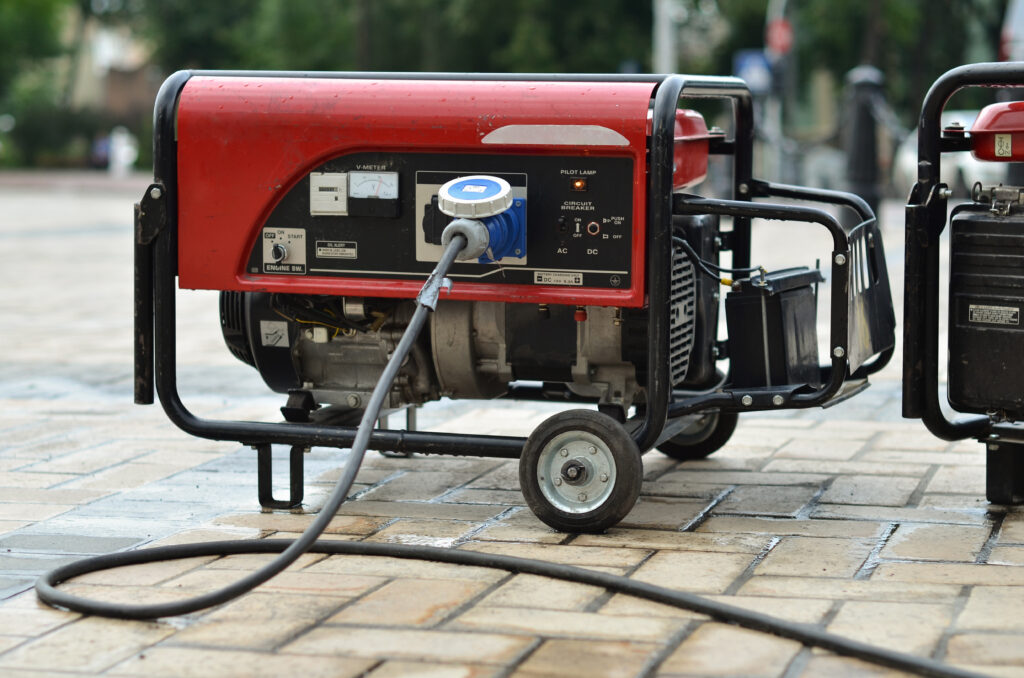
Make sure your generator is properly installed
16. If you’ve invested in a generator, also invest in proper installation. Have an electrician install the connection. Using a generator improperly endangers your family, and also line workers trying to restore power. NEVER run a generator in the home, or even inside your garage; carbon monoxide is silent, odorless and deadly. It should be run outside, at least 15 feet from any door or window.

October is National Cyber Security Awareness Month!
17. We live in a world that is more connected than ever before. The Internet touches almost all aspects of everyone’s daily life. The purpose of Cyber Security Awareness month is to raise awareness about cyber security and to provide tools and resources needed to stay safe online. The theme is “If You Connect It, Protect It.” #BeCyberSmart

Don’t Login on Public Computers! #BeCyberSmart
18. A password is only as secure as the computer or network it is used on. As such, never log in to a sensitive account from a public computer, such as computers in a café, hotel lobby or conference hall. The moment you type your password on a malware infected computer, a cyber criminal can harvest your passwords. If you have no choice but to use a public computer, change your password at the next available opportunity you have access to a trusted computer.

A picture is worth a thousand words!!!
19. Videotape or take photos of your home inside and out and store in a safe deposit box, in the cloud or at a different location. This can come in handy after a disaster to show the insurance company and to help in filing your claim. Also if you have disaster damage, take pictures before you repair/clean up anything!
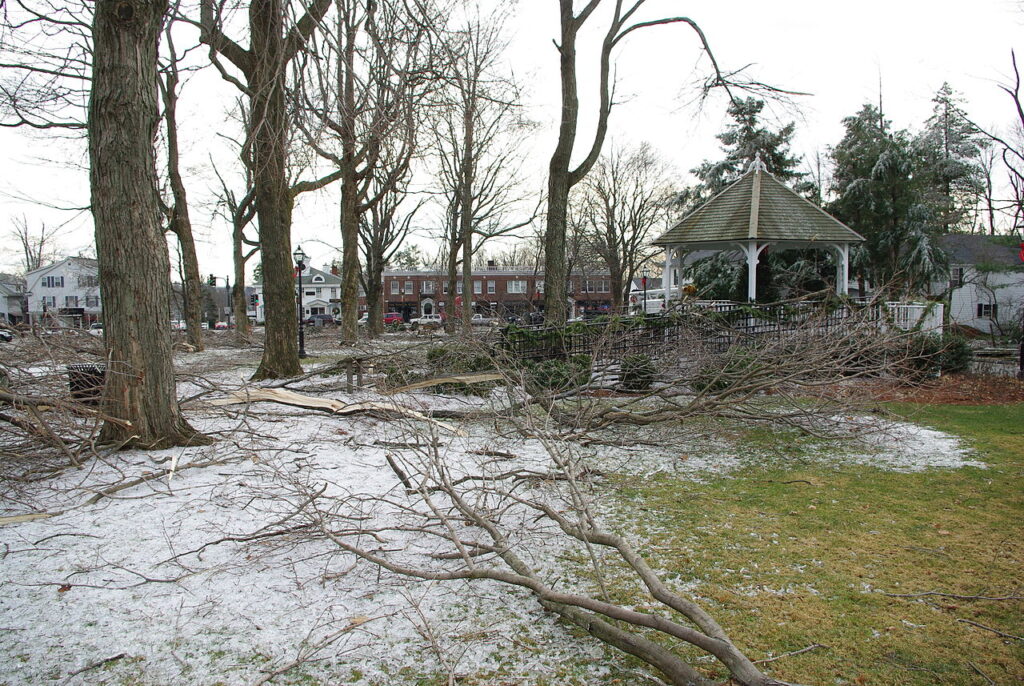
20. Look out below! One of the greatest dangers during high wind events is from falling trees and/or tree limbs. The storm’s we have had the past couple of weeks, may have weakened limbs. To reduce the danger from high winds, cut down any dead or diseased trees and prune any tree limbs that could potentially fall on someone or something before they cause any damage.
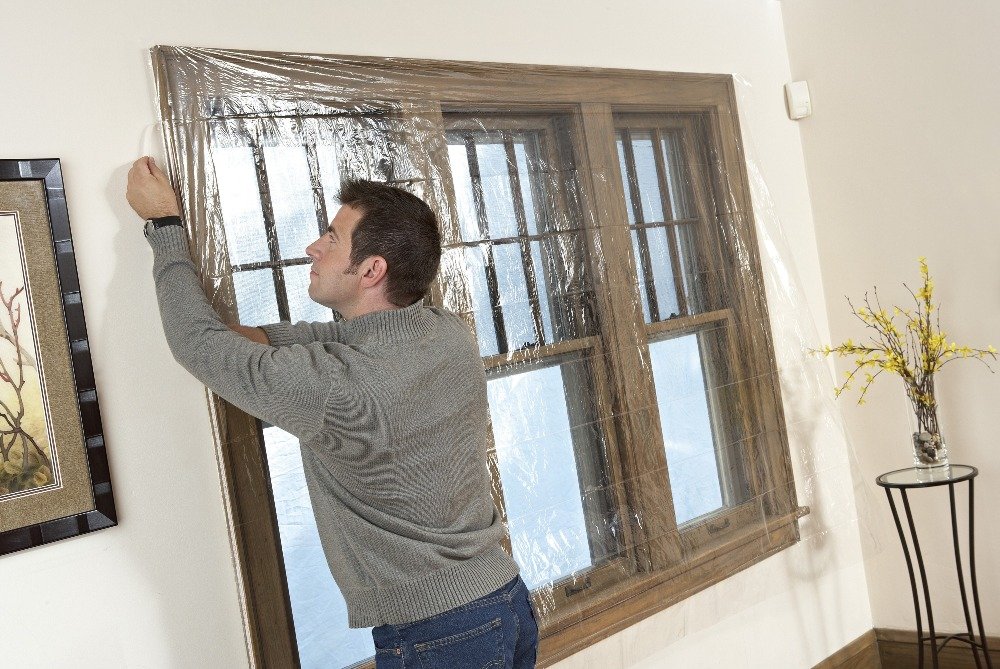
It’s been a beautiful fall — but winter’s coming
21. Use the rest of this fall to button up your house and yard before the north winds blow and bring us snow. Clean out gutters, ditches and culverts, and put up plastic and banking around your foundation to help keep it insulated. For more winter energy-saving tips you might be able to put into place now, check out http://www.efficiencymaine.com/energyinformation/resources-for-homeowners/

22. There may be snowflakes in the air any day now. Is your head ready for it? Remember how to drive in it? Got those new tires you’ve been intending to get? Make sure that when you see all those people sliding off the road in the first snowstorm that you’re not one of them.

Keep a list of medications for everyone in your family
23. Keep a list of all medications for each individual and why they take them. Keep a copy with your disaster supply kit, in case you have to leave your home. This will make it easier for medical personnel who may be treating you or your family.
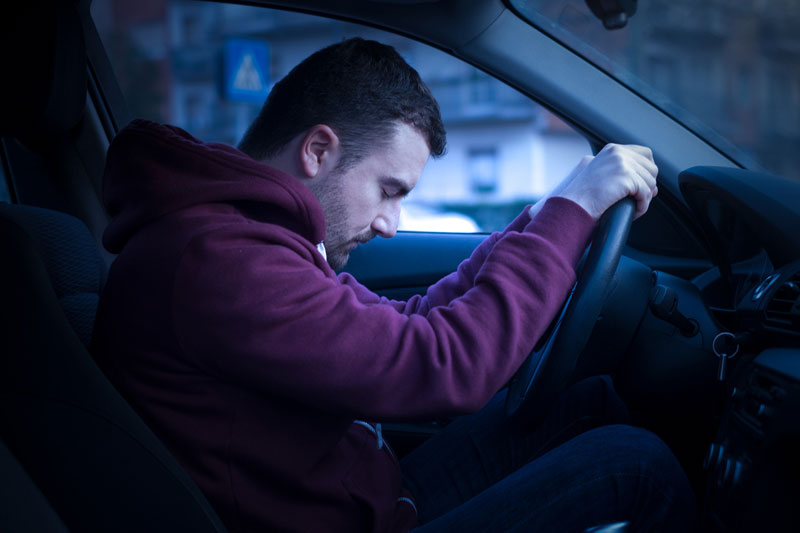
Get off the road if you notice any signs of fatigue!
24. Sleepiness causes auto crashes because it impairs performance and can ultimately lead to the inability to resist falling asleep at the wheel. Critical aspects of driving impairment associated with sleepiness are reaction time, vigilance, attention, and information processing. Stay Safe!
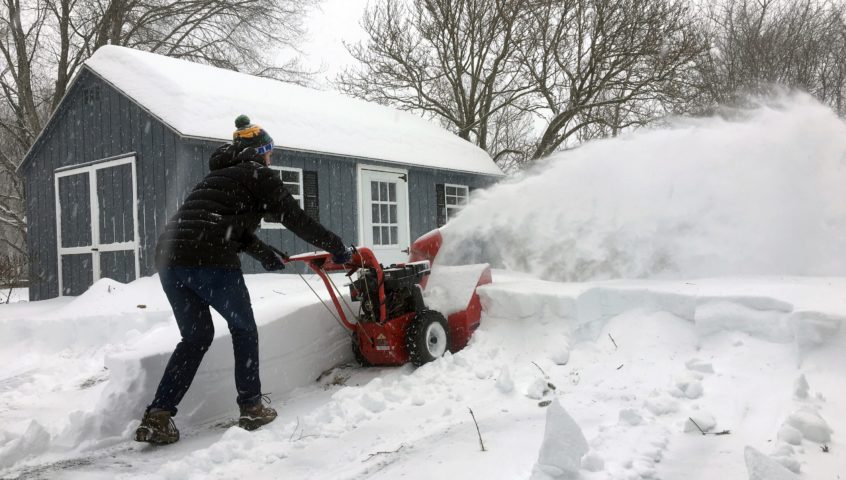
Talk with Grandma and Grandpa about getting through “the big one”
25. Our parents, grandparents and great-grandparents may have some common sense tips about weathering a severe storm. We might be a little too used to the luxuries of life. They might have grown up without them. Ask them for ideas when you’re making an emergency plan for your family.

It’s cold and flu season; stock up on necessities
26. For colds and flu, sometimes the old remedies are the best — plenty of rest and plenty of fluids. Check your cupboards to see what you have on hand if someone in your family is sick and you don’t want to make a run to the store. Orange juice? Chicken soup? Tissues? Aspirin or other pain reliever? Visit http://www.maineflu.gov for lots more information, and to learn about flu vaccination clinics in your area.

27. Have a “GO” bag ready for each member of the family. A “GO” bag includes items that would be necessary if you had to leave your home for 3-4 days. The bag should be updated as the seasons change, medical conditions change and as children grow.

Anything can happen on the road, at any time
28. A major accident can happen on the road without warning. If you are driving on the Turnpike or Interstate, or just a road you know very well, it’s easy to get lost in your thoughts, or drive a little too fast. Always drive at a safe speed, keep a safe distance between yourself and the cars or trucks ahead. And above all, stay alert.

Why is “If You See Something, Say Something” important?
29. Maine has a small population, but a large geographic area to protect, including 611 miles of international border and more than 3,000 miles of coastline. The goal is to have the eyes and ears of all citizens alert, paying attention to their surroundings and reporting anything suspicious.
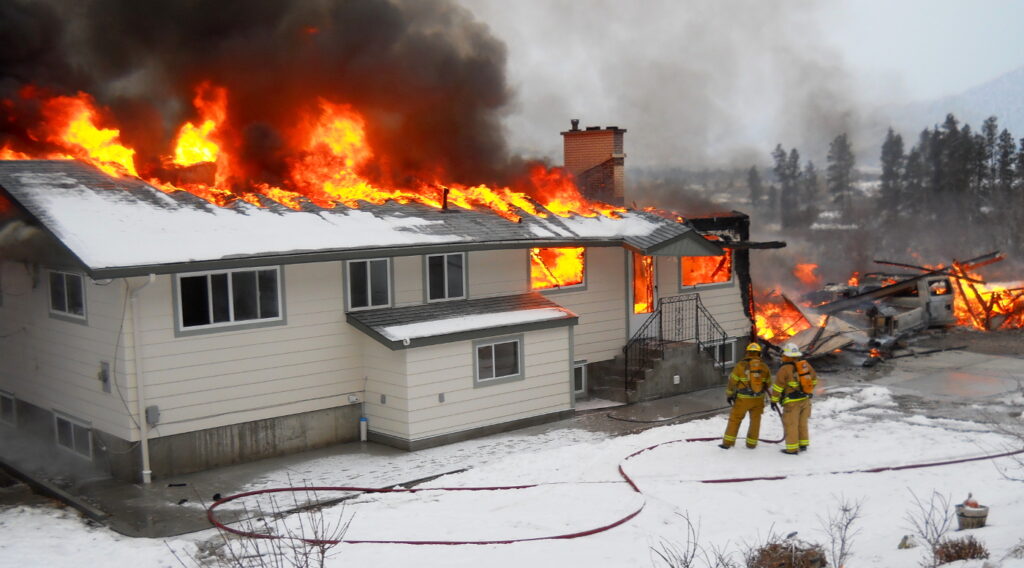
Not all disasters are brought to us by nature
30. We are all familiar with natural disasters here in Maine – winter storms, intense thunderstorms, flooding, etc. There are other hazards that are not weather related – chemical spills, fires, explosions, terrorism. The good news is that a well thought out emergency plan can help you and your family regardless of the cause.

Go back to school for outdoor safety
31. Whether it’s hunting, fishing, snowmobiling or boating, there’s always more to learn to be safe in the Maine outdoors. Visit the Maine Department of Inland Fisheries and Wildlife at https://www.maine.gov/ifw/programs-resources/safety-courses/index.html to find out about safety courses. Then get out and enjoy our great outdoors safely.
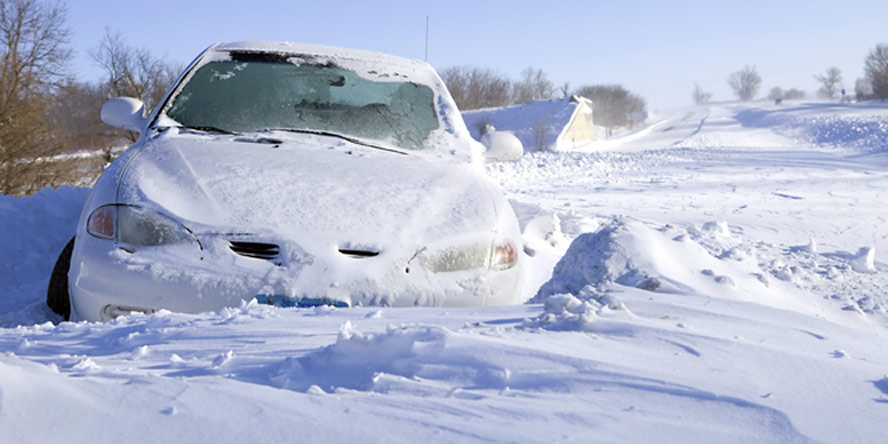
Feed your car, avoid freezing!
32. As winter begins, put together a winter storm survival kit for your vehicle. Take that old coat, those old clothes, and that old pair of boots that you want to throw away and put them all in a duffle bag, and throw them in the back of your vehicle. Also, throw in a sleeping bag and/or warm blankets. High calorie, non-perishable foods should be included as they will help your body stay warm if you become stranded for a prolonged period of time.
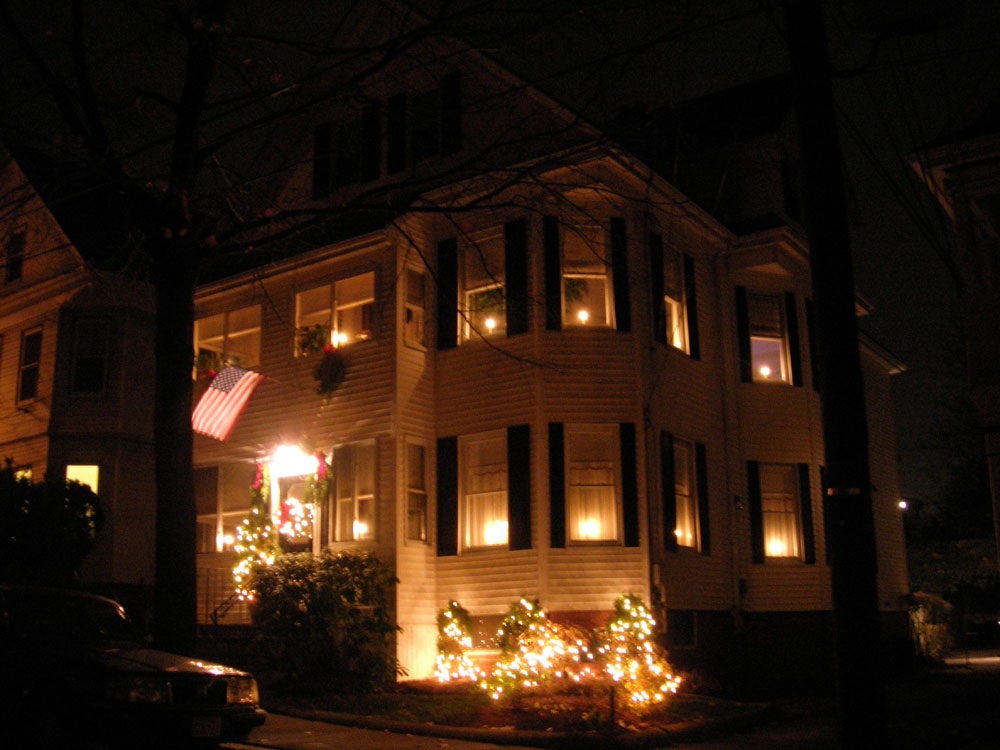
Candles and window drapes don’t mix!
33. Candles in the window are beautiful this time of year. Unfortunately, they are also a terrible fire hazard. Though not quite as romantic, an electric candle looks just as beautiful from outdoors, and has the distinct advantage of not catching your curtains (or your cat’s tail) on fire.

Slow down and get there faster
34. According to the Maine State Police, excessive speed is one of the major factor in winter driving accidents. Getting there a few minutes earlier is not worth risking your safety or your family’s. Leave a few minutes earlier, slow down, and enjoy the sights (including all those Christmas lights).

No power Line is Safe to touch – EVER.
35. Stay away from downed power lines. Even lines that appear dead can be deadly. Also, stay out of flooded basements because energized wiring or outlets may pose a hazard.
For information regarding power outages and recovery, please visit Central Maine Power website at: https://www.cmpco.com/wps/portal/cmp/outages/ or the Versant website at: https://www.versantpower.com//outages-and-restoration/

What’s invisible, odorless and can kill you?
36. Carbon monoxide (CO) is a deadly gas that is difficult to detect because it is odorless and invisible, but it kills nearly 300 people in their homes each year. CO is produced by fuel-burning appliances and equipment in our homes. If you have heating, cooking or power equipment that uses fuels such as oil, natural gas, coal, wood, propane, gasoline, etc., then you need to guard against CO poisoning. Homes with attached garages are also at risk, because vehicles or equipment such as generators left running in the garage can cause CO to seep into the home. Use all household equipment properly to prevent carbon monoxide poisoning. Install CO detectors to provide early detection of a problem.
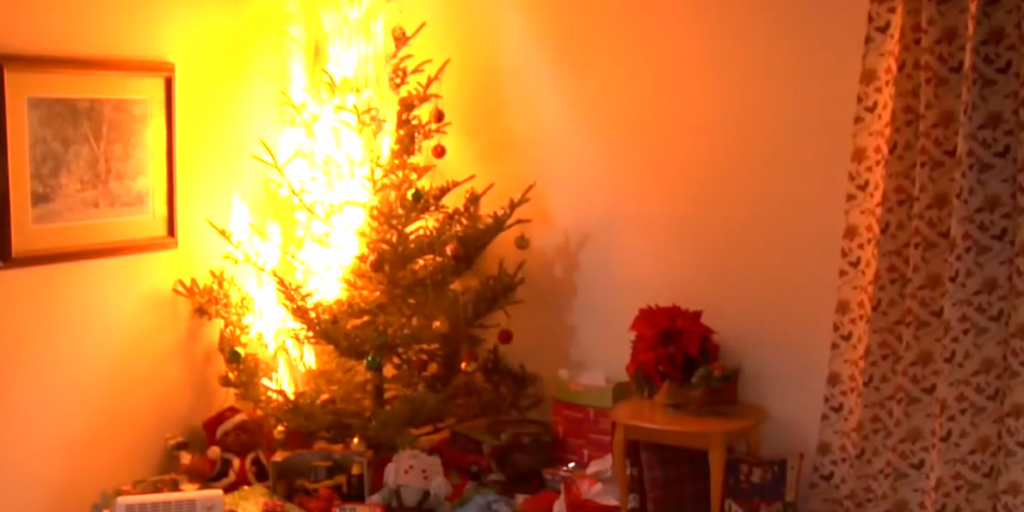
Christmas trees unfortunately make great torches!
37. Many Maine families will buy or cut a Christmas tree this week. Keep your tree well-watered at all times. Also set it up well away from your wood stove or candles. Let the light in your window be your lovely holiday lights, not your tree catching on fire!
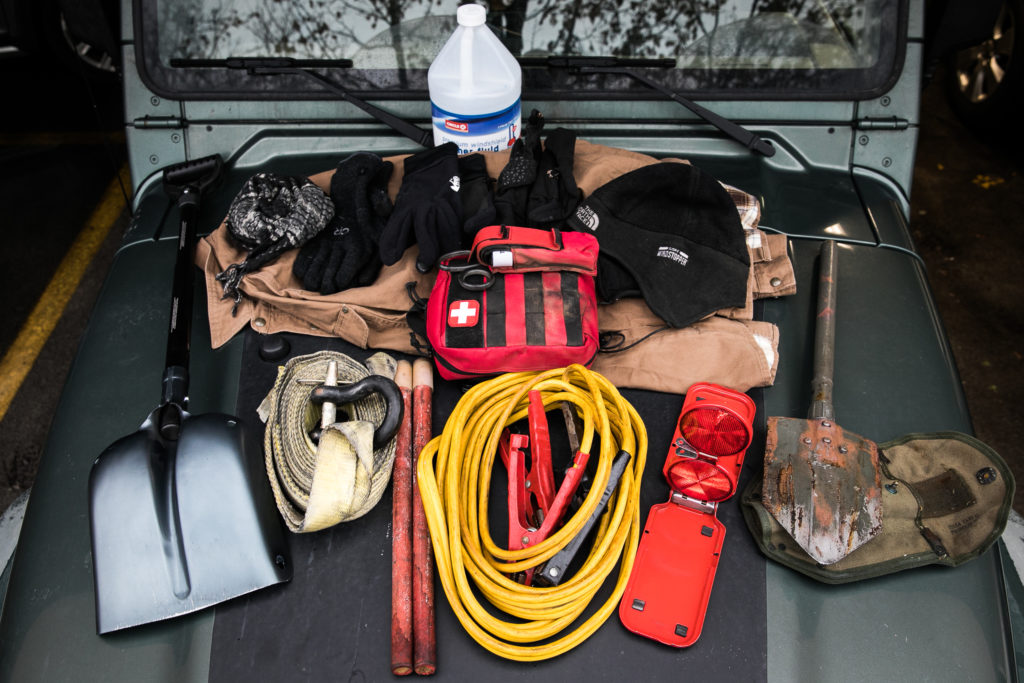
Go over the river and through the woods — safely
38. If you’re traveling this winter, take these tips from the Maine State Police. Make sure your vehicle is ready for winter weather with winter tread tires, updated windshield wipers, and that the heater, defroster, lighting and battery are in good working order. Equip your vehicle with a blanket, shovel, booster cables, flares and a bucket of sand or salt for winter emergencies. And finally, make sure you have hand sanitizer and a mask in the car in case of an emergency.

Do you have a first aid kit in your emergency supplies?
39. All individuals and families need a First Aid Kit that is available for emergencies. If you have pets your kit needs to include them too. Include necessary medication for each individual in the family in your kit. These medications may need to be rotated out periodically so they do not expire. This way if there is an emergency and you have to evacuate, you have what you need with you.
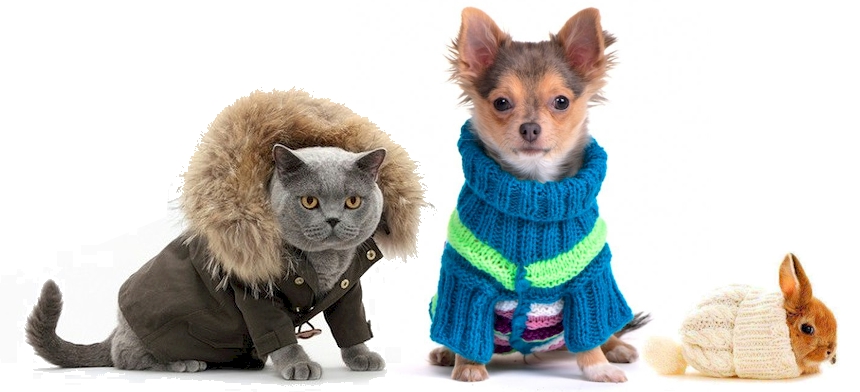
Take care of your pets in cold weather
40. Your dogs and cats may have fur coats, but they are not thick enough to withstand below-zero temperatures. Ears and toes can easily get frostbite. Older pets will have more trouble with creaky joints, and may slip on patches of ice. Make sure your pets have shelter from the cold.

Have you visited with your neighbors this holiday season?
41. The holidays are a great excuse to say hello to neighbors, or exchange a plate of cookies. At the same time, you might discover a neighbor who needs a little extra help getting through the winter. Or you might strengthen a connection that could help you in an emergency. It’s not just a “feel-good” thing. Research shows that community ties help towns and neighborhoods bounce back from any emergency. While the pandemic has changed things, connecting with neighbors, via proper COVID-19 protocols, is a great way to ensure a safer winter season for all. And you thought you were just baking cookies.
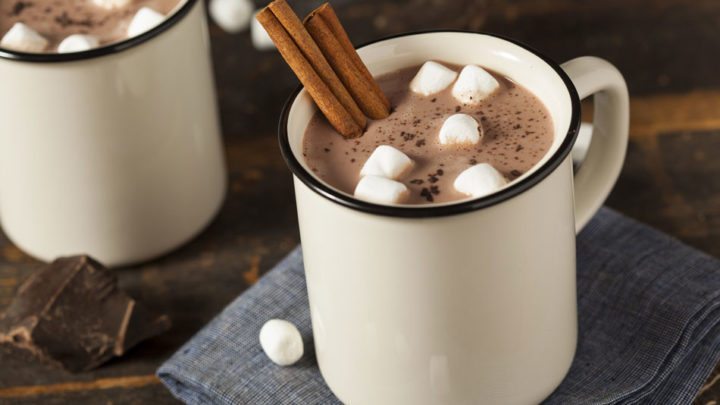
In cold weather, eat and drink wisely
42. Eating well-balanced meals can actually help you stay warmer. Stay away from alcoholic or caffeinated beverages as they cause your body to lose heat more rapidly. Instead, drink warm, sweet beverages or broth to help maintain your body temperature. If you have any dietary restrictions, talk to your doctor.
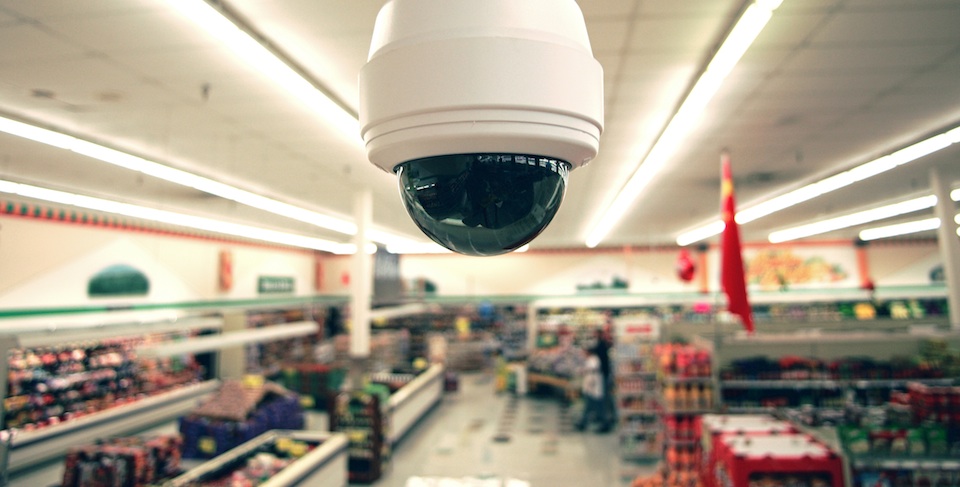
43. The Department of Homeland Security encourages businesses to Connect, Plan, Train, and Report. Applying these four steps in advance of an incident or attack can help better prepare businesses and their employees to proactively think about the role they play in the safety and security of their businesses and communities. https://www.dhs.gov/hometown-security
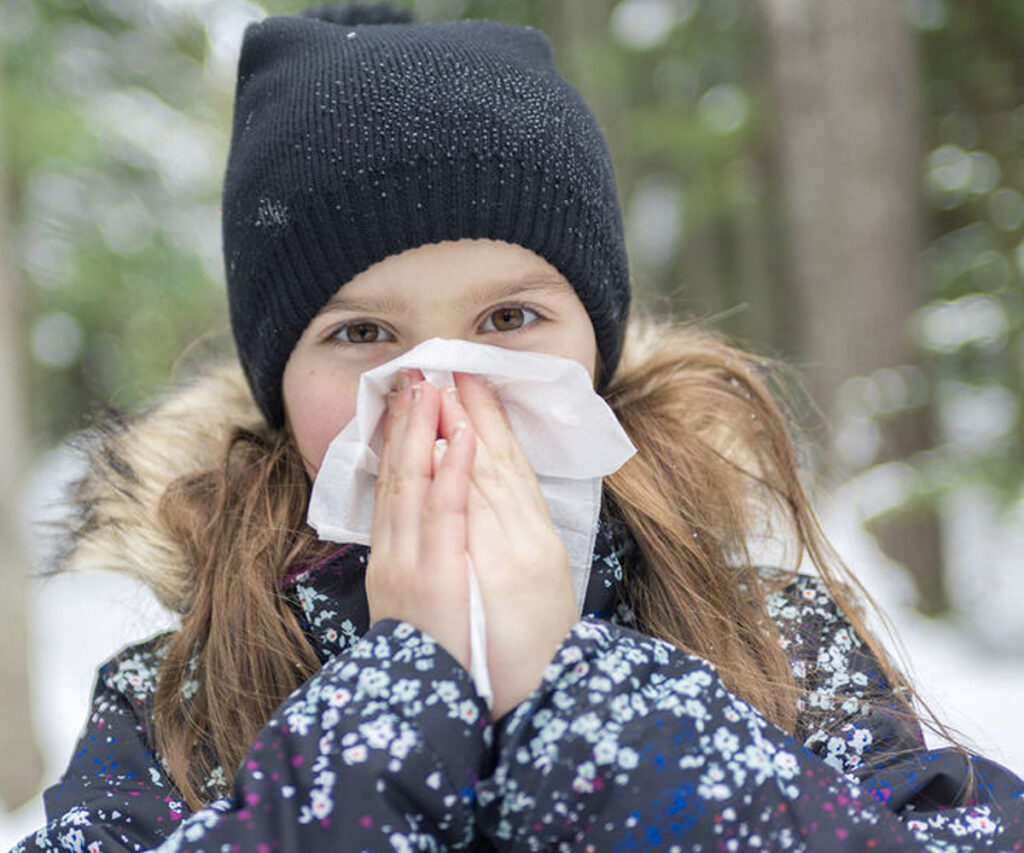
Take the day off (if you’re coughing or sneezing)
44. If you feel yourself getting sick, have a bad cold or a cough, please stay home from work if you can. You will get better faster if you take care of yourself, and maybe your co-workers will avoid catching the virus you have. Come to think of, this tip is really for your co-workers! They need to think about your health! Visit https://www.maine.gov/dhhs/mecdc/infectious-disease/epi/influenza/maineflu/ to learn more.

Donate clean, usable clothing to a local agency
45. This is a great week to clean closets. Clothes that are clean, and still have a lot of use in them, are great to donate to a local agency that deals in used clothing. You may be helping someone close to home, or your outgrown blue jeans may arrive at a disaster site. Either way, you’ve helped someone weather the storm.
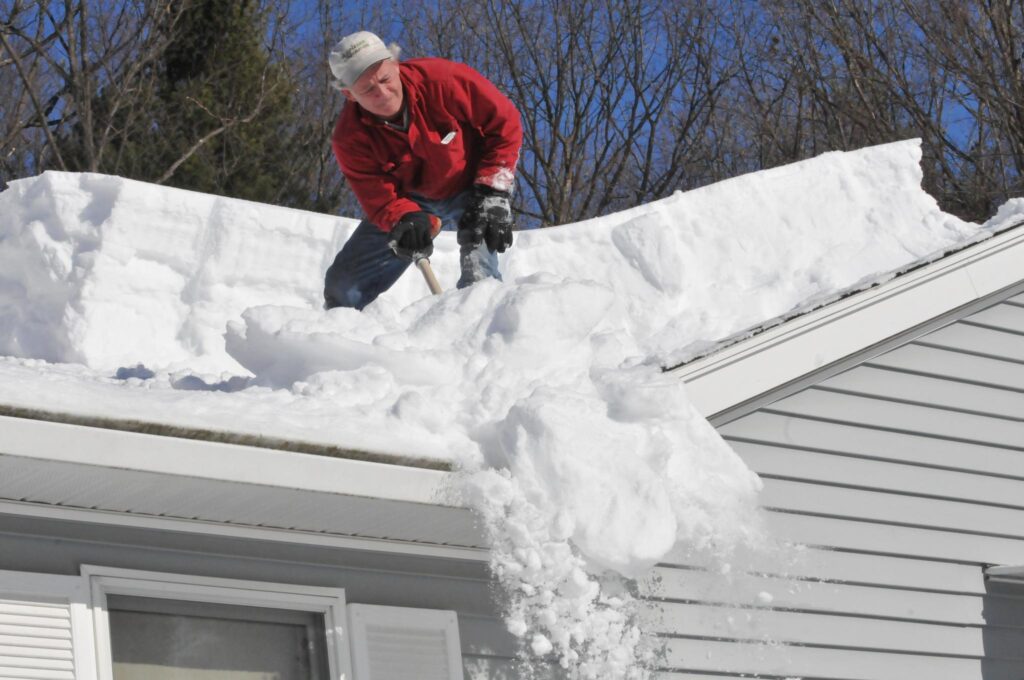
Snow on the roof means headaches are on the way!
46. Snow on your house, porch, garage or barn looks postcard-pretty. But it weighs a ton. Clear off roofs to avoid problems when those old rafters just can’t handle the strain any more. And while you’re at it, make sure all heating system vents and chimneys are clear of snow. If they’re not, carbon monoxide can back up inside your home and make for a dangerous health hazard.
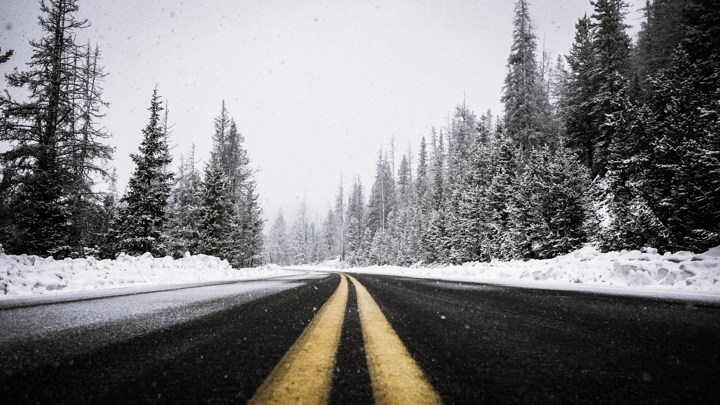
Crazy weather can mean crazy drivers
47. It’s winter in Maine. Snow, sleet, freezing rain, and wet roads turning to black ice at night … road conditions can be hazardous at any time. Keep your speed down, and keep a respectful distance between your car and the one ahead. Watch out for the other guy — and don’t BE the other guy.
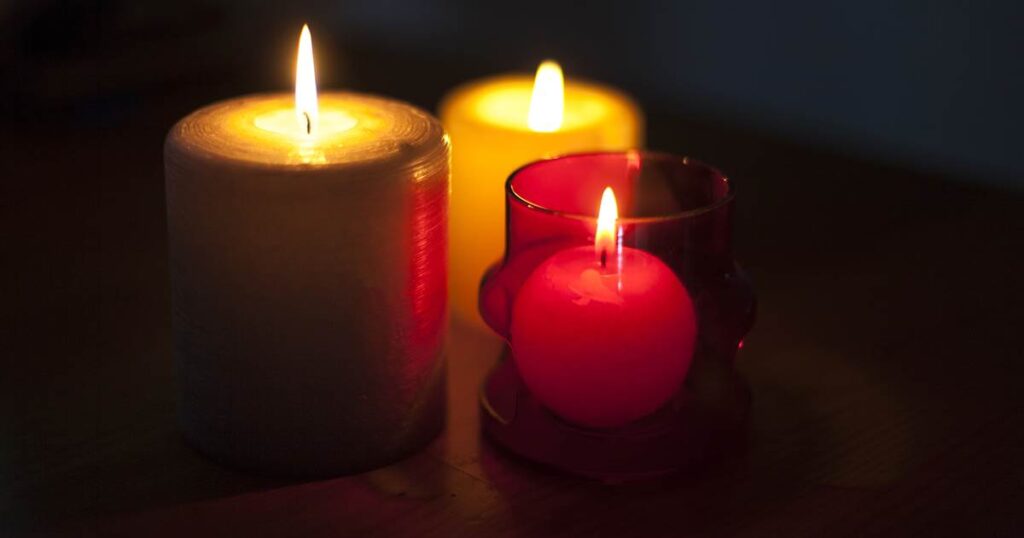
Light up your life when the power goes out
48. In case of a weather-related power outage, make sure your home has extra light sources on hand. Glow sticks and candles can be used along with flashlights. (Make sure to keep candles away from anything that can catch fire and put them out when you go to bed.)
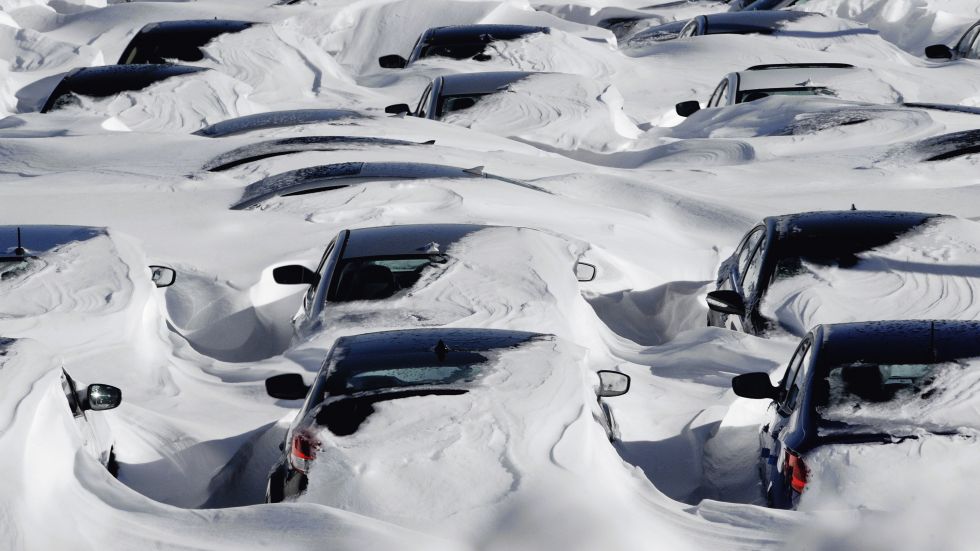
Get your car ready for emergencies
49. Jumper cables, a flashlight (that works), a blanket, extra mittens and boots — you’ve heard it all before. But your car wants to know — have you gathered them together and put them in your vehicle? Not in the trunk, either. You need to be able to get to your supplies easily.
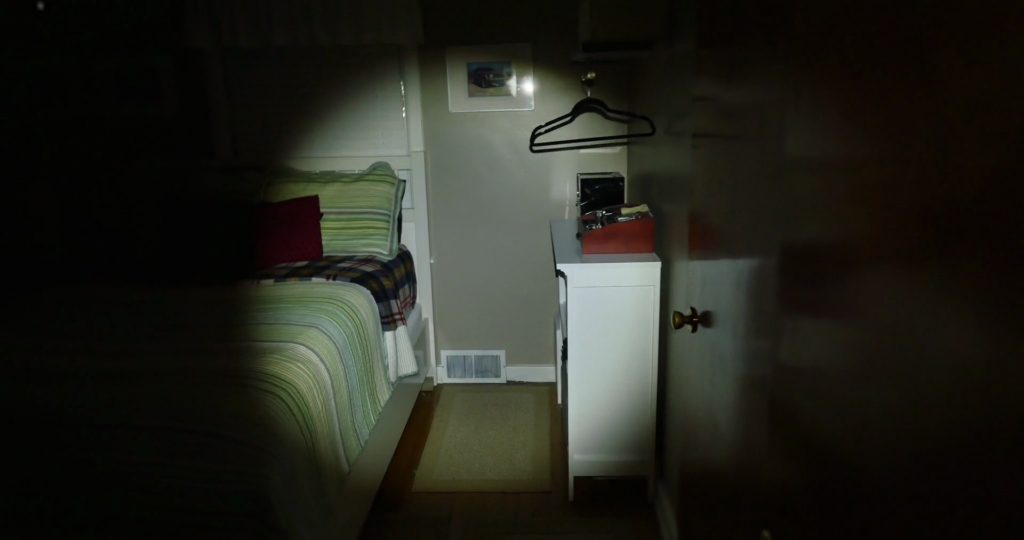
50. You may want to put a flashlight or headlamp within reach of your bed in case of a power outage. This will keep you for stumbling around in the dark and possibly getting injured on your way to a temporary light source!
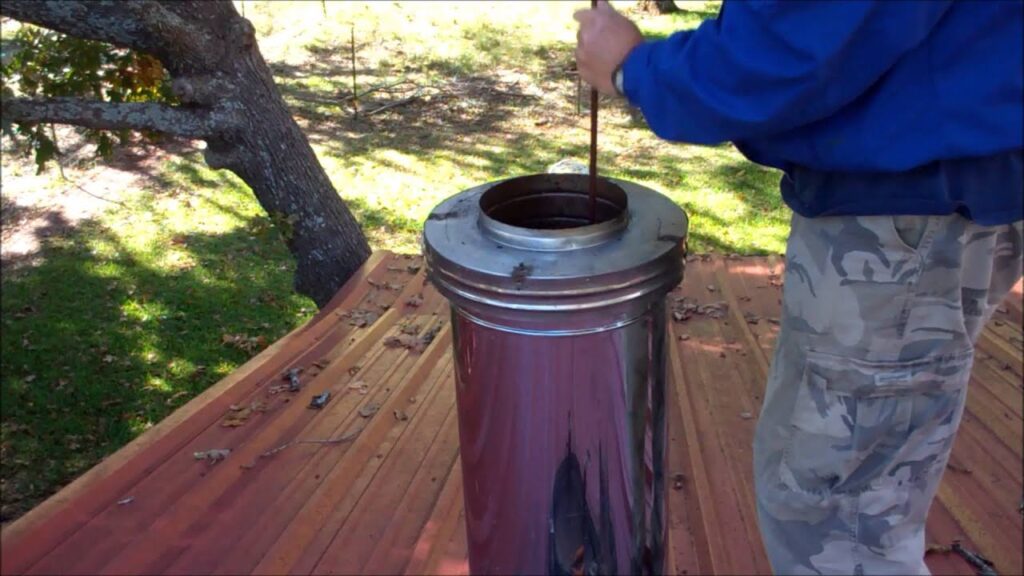
Wood stoves and furnaces don’t play well together in the same chimney
51. If you have both an oil or gas furnace and a wood stove, make sure they have separate chimneys or vents. If the chimney becomes clogged with creosote from wood stove use, the furnace exhaust can back up into the house, causing dangerous carbon monoxide levels. As you’re working on separating the two — get a carbon monoxide monitor for every level of your home.

Quick, if your carbon monoxide alarm goes off, what should you do?
52. – Immediately move to a fresh air location and call for help. Remain at the fresh air location until emergency personnel say it is okay. – Post all emergency phone numbers by the phone or in your phone so you won’t have to hunt for them if someone in your house is in trouble
And if you said, “What carbon monoxide alarm?” you know what your first step should be.
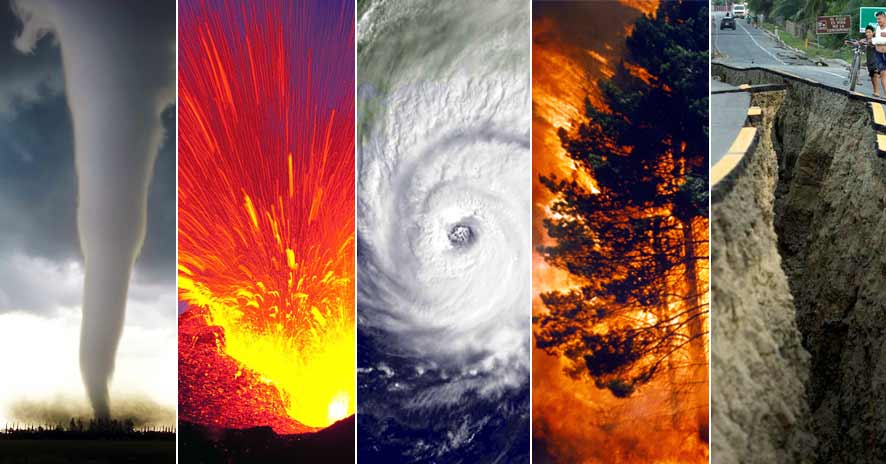
Communications and Emergencies!
53. Have you thought about how you would communicate with friends and loved ones during and after an emergency? Check out our fact sheet on a family communication plan: https://www.maine.gov/mema/maine-prepares/home-preparedness/make-plan/family-communications-plan
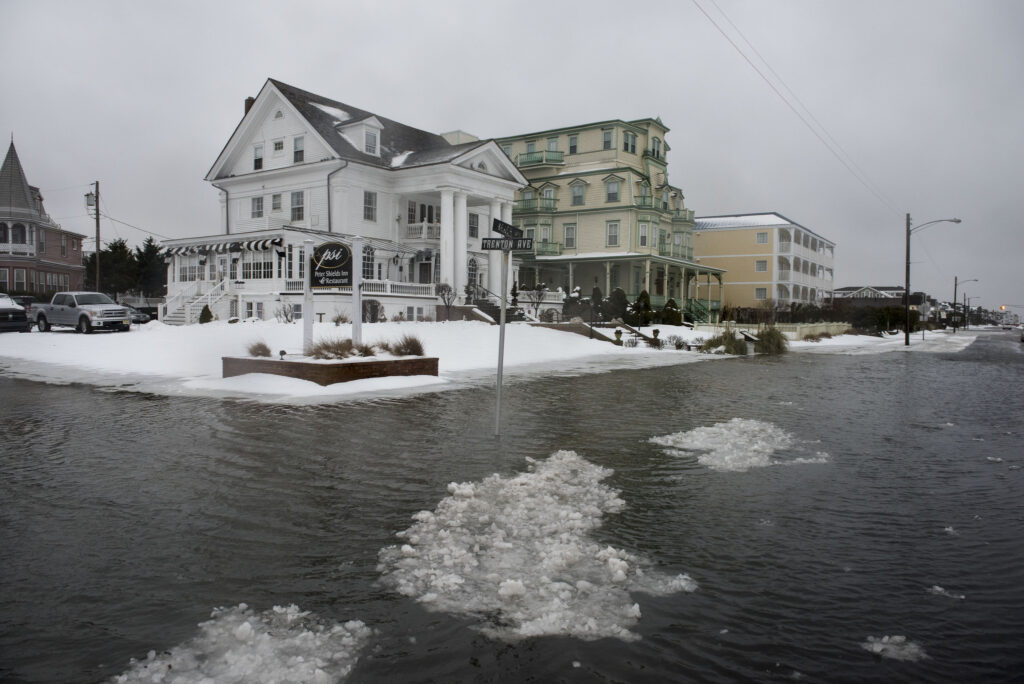
Flood insurance might be your best investment
54. Check with your insurance agent about flood insurance. Homeowner’s insurance doesn’t cover floods, which doesn’t have to be a stream overflowing, but is any water that comes in over the ground. If you don’t have it, think about why you don’t. If you live in a flood plain, your bank probably requires it. If you live outside the flood plain, remember that flooding can happen almost anywhere, and unless you’re on the tippy top of a hill, too much rain could end up in your basement.
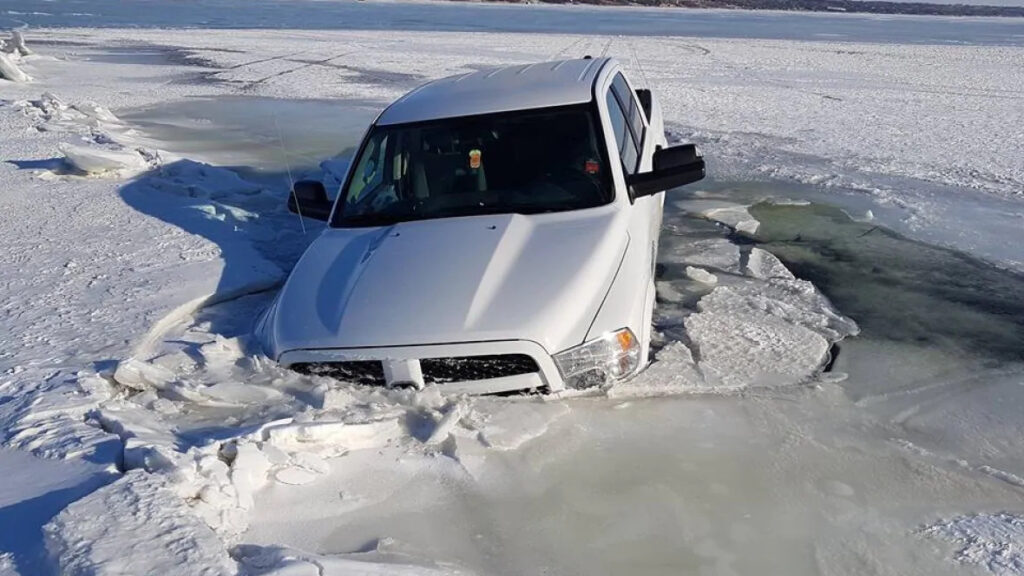
Looking for weak ice is a sign of strength
55. If ice at the shoreline is cracked or squishy, stay off. Likewise stay off the ice during thaws. Watch out for thin, clear or honeycomb-shaped ice. Dark snow and dark ice are other signs of weak spots. (These ice safety tips courtesy of the Maine Department of Inland Fisheries and Wildlife.)
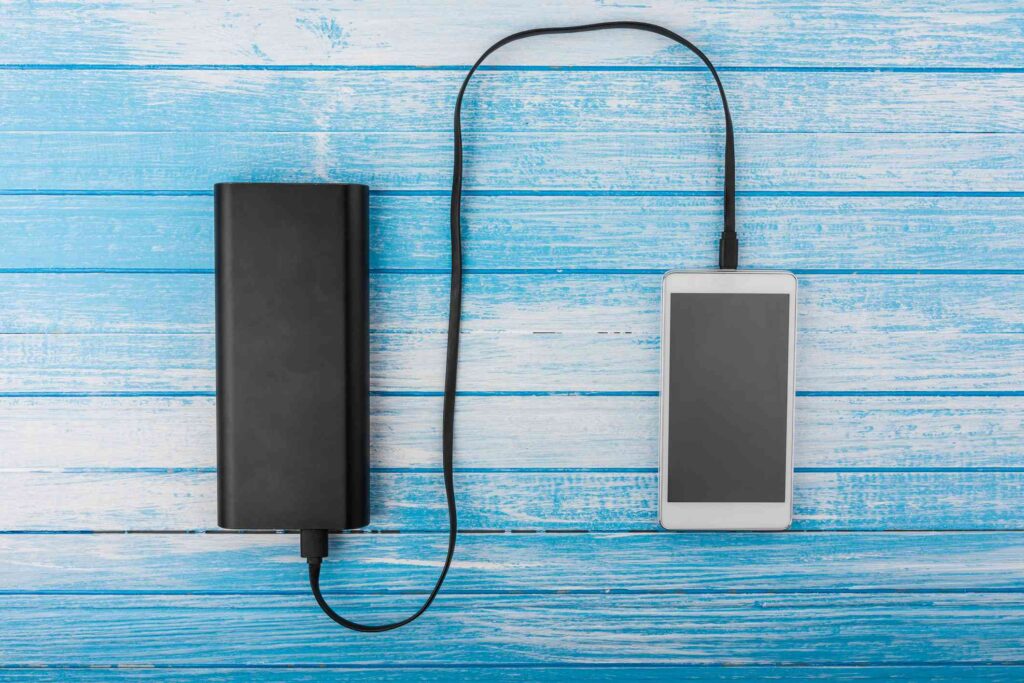
Consider backup power for your cell phone!
56. Keep an AA Battery Powered Emergency Mobile Device Power Bank in your home and in your car. The devices can be purchased for under $10 dollars. Make sure to purchase and load the batteries, or keep the batteries with the device so you do not have to try to find the batteries in a crisis.

57. Teach your kids how to put together outfits with multiple layers, so they can remove one or two after they get to school. Make sure clothing is comfortable and easy to put on and remove. Be sure your child has a good place to store discarded layers during the school day so they can be put back on when it’s time to go home. (Courtesy of MDOT)
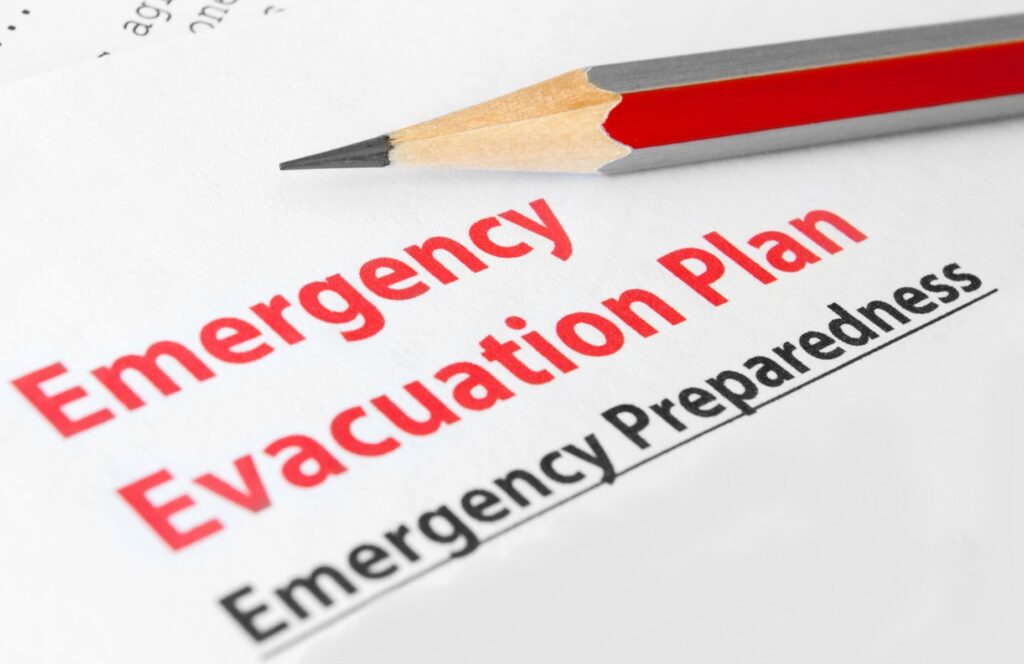
Your emergency plan is all about you
58. Your family’s emergency plan won’t look just like your neighbor’s. Yours will take into account your situation: what hazards you need to be concerned about, and the make-up of your family. The plan for a couple with no children but 3 cats and a dog will look different than a plan for a person with a disability living independently, or a family with young children.
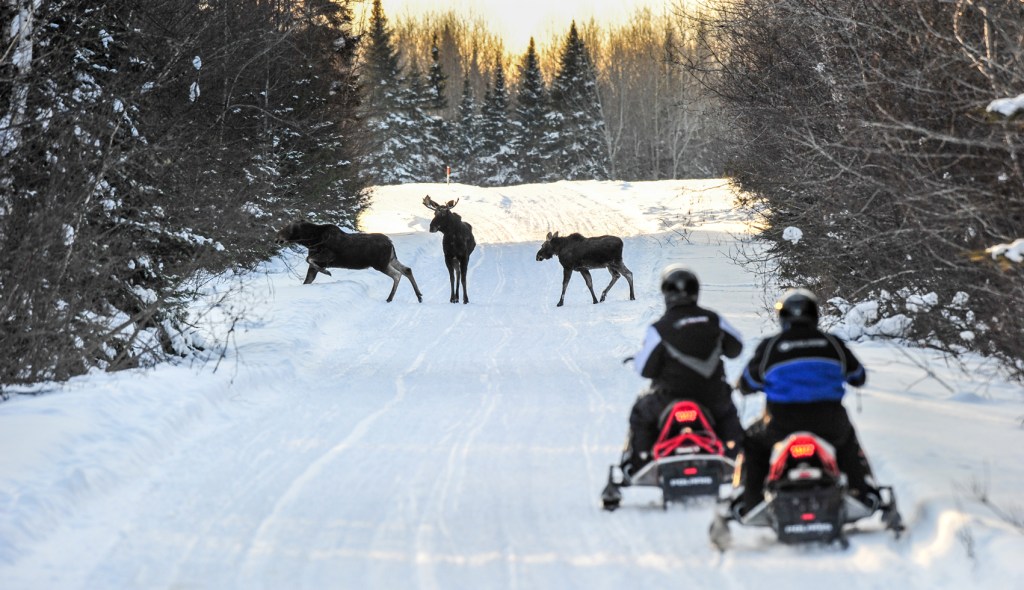
59. With several inches (maybe a foot or two) of snow expected, give the groomers time to get the trails ready! The Maine Department of Inland Fisheries and Wildlife offers these Snowmobile Safety Tips:
* Travel in groups and inform some responsible person of your plans.
* Know your machine and its capabilities.
* Respect the rights and property of others.
* If it is necessary to travel on frozen bodies of waters, do so with extra caution.
* When crossing a highway be sure the way is clear and cross as directly as possible.
* Know and obey Maine snowmobile laws.
* Do not use your machine to harass wildlife, or in areas frequented by game.
*Play it smart, slow down and stay safe! Safe snowmobiling is more fun for everyone!
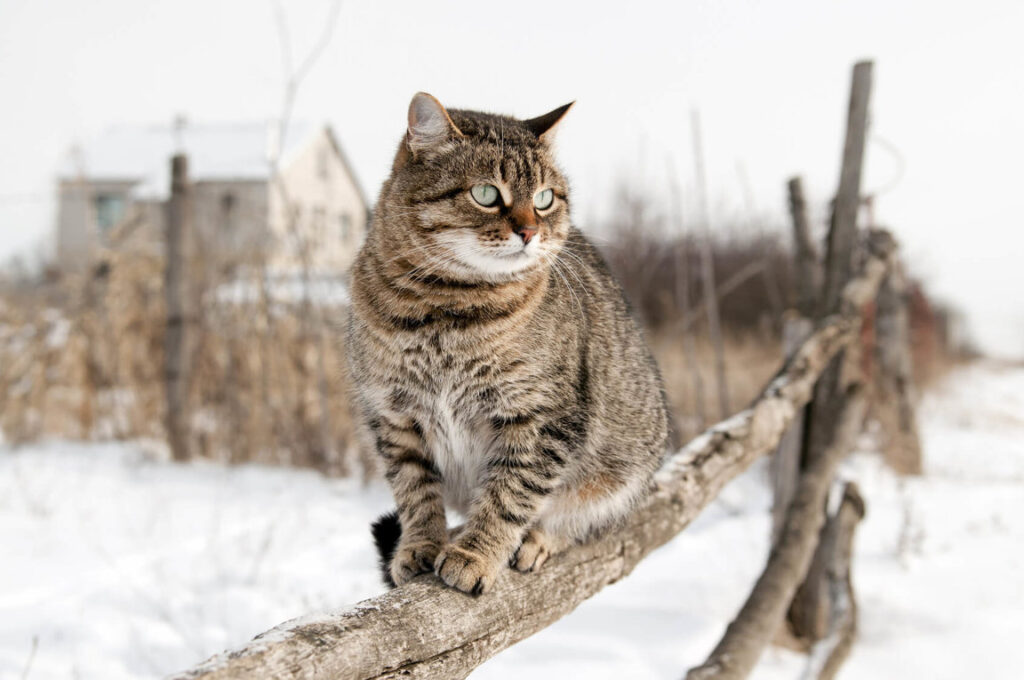
Fur coats don’t make your pet winter-proof
60. Your dogs and cats need more than their own fur coats to stay safe in the winter. If your dog spends a lot of time outdoors, he needs a wind-proof doghouse with straw to insulate the floor. Salt and other ice-melting chemicals can irritate your pet’s paws, and make him sick if he licks it off. Older animals with arthritis may get even more stiff and sore in the cold. Return the love they give you by keeping your dogs and cats safe and warm.
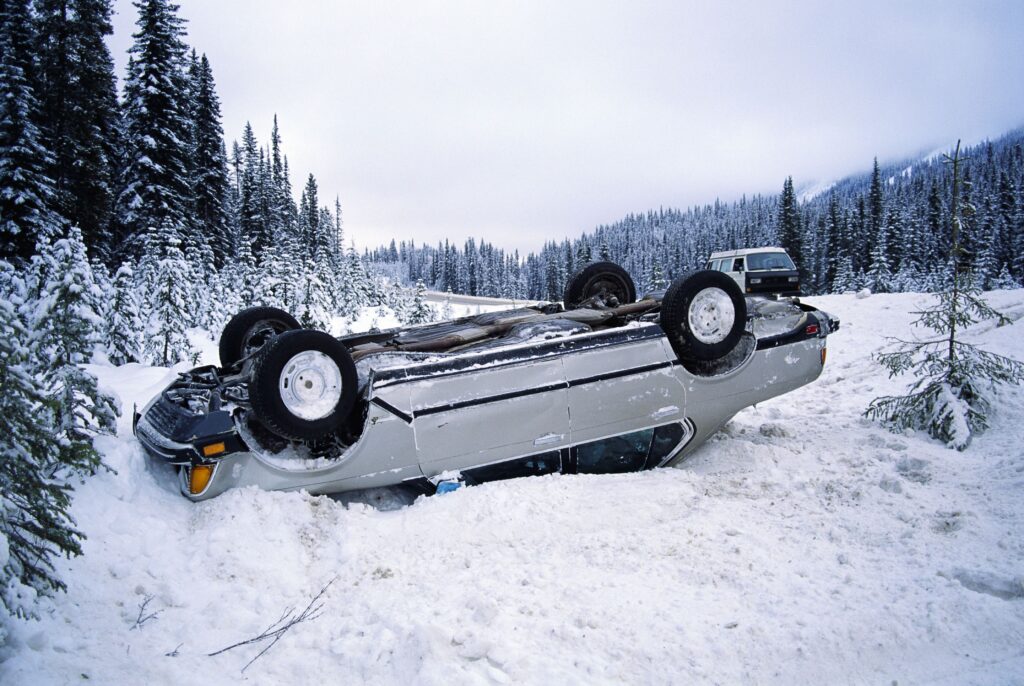
61. Speed kills, not snow or ice! Automobile accidents are the leading cause of deaths and injuries during and after winter storms. While snow and ice contribute to the slippery conditions, vehicle speed is the single most important factor in determining the likelihood of a death or serious injury from an automobile accident. Under certain conditions, roads can get extremely icy from an inch or less of snow, or from freezing drizzle. Patchy black ice or the wind just blowing some light flurries around, can effect road conditions and can be a significant hazard. Many of these hazards are not apparent until it is too late! SLOW DOWN before your vehicle begins to slip and slide. Remember, snow and ice can cause accidents, but vehicle speed kills. Stay Safe and Drive Smart!
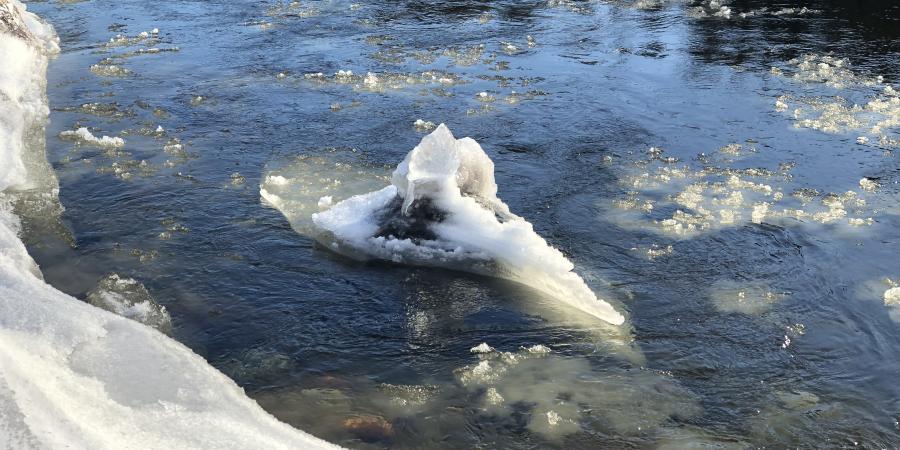
Ice jams form and break without warning
62. Be alert to any rapid rises or falls in the river levels. A rapid rise in a river level may indicate that an ice jam has formed downstream of you. In contrast, a rapid fall in a river level may indicate that an ice jam has formed upstream from you. If an upstream ice jam breaks up rapidly, flash flooding of downstream areas can occur very quickly.
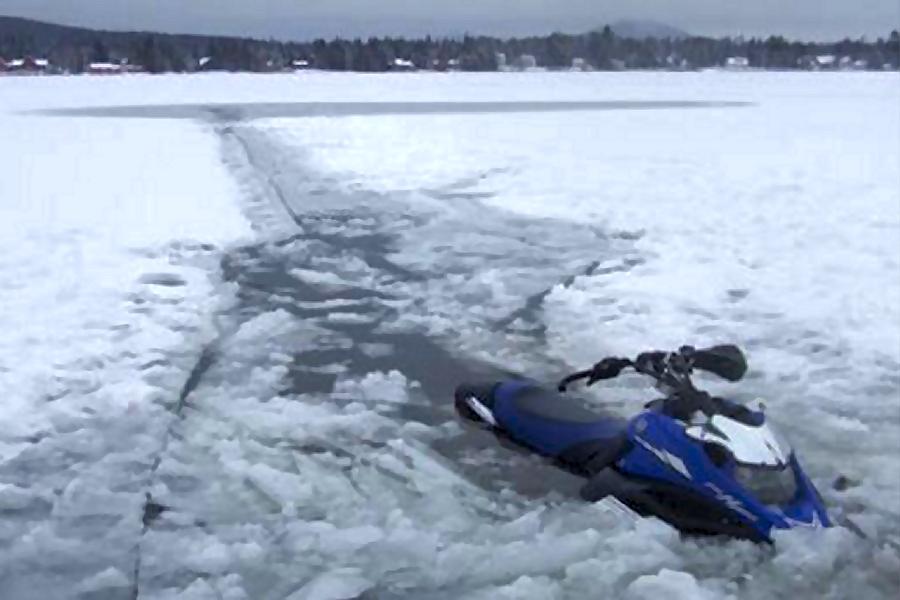
Don’t “overdrive” your snowmobile’s headlight.
63. At even 30 miles per hour, it can take a much longer distance to stop on ice than your headlight shines. Many fatal snowmobile through-the-ice accidents occur because the machine was traveling too fast for the operator to stop when the headlamp illuminated the hole in the ice.
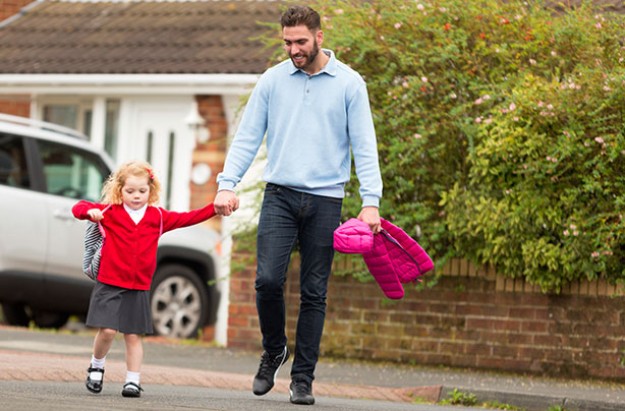
64. Who is picking up the kids during an emergency? Does Mom think Dad is picking up the kids from daycare, and does Dad think Mom is? There’s an easy way to find out — talk about it. How will your family manage if a family or community emergency happens when you are apart? Figure it out before the emergency.

A flood can wash away your life
65. Ask yourself if your family or business would survive flood. Look at your insurance coverage. Think about how your family, or your business would deal with a catastrophic flood. It will happen. We want you to be ready, not surprised.

Donate your clean, useable clothing
66. Any week is a great week to clean closets. Clothes that are clean, and still have a lot of use in them, are great to donate to a local agency that deals in used clothing. You may be helping someone close to home, or your outgrown blue jeans may arrive at a disaster site. Either way, you’ve helped someone weather the storm.
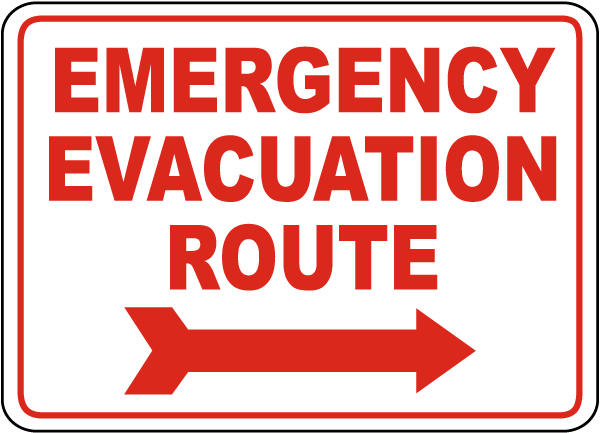
67. Learn and practice evacuation routes, shelter plans and flash flood response. Being familiar with what to do and how to get there during an emergency saves time and lives. It’s always best to Be Prepared!
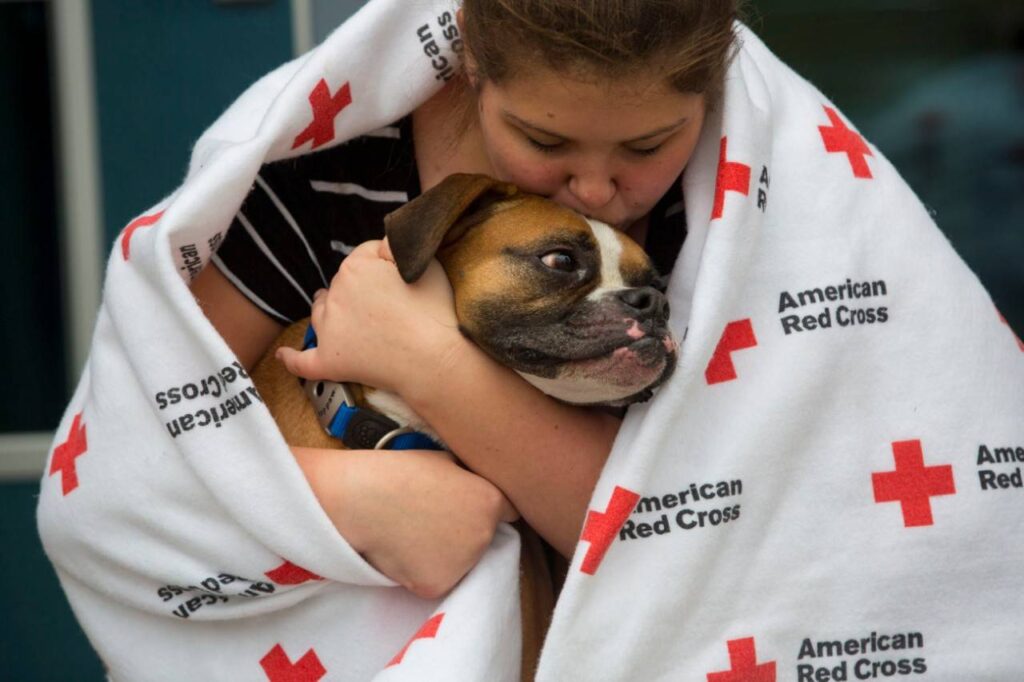
| Sheltering and Pets 68. Don’t forget to include your pet in your emergency plan. Remember that some evacuation shelters do not accept pets. It is the responsibility of the pet owner to find shelters and assistance available during an emergency to ensure the safety of your pet. |

Don’t let an emergency make a financial fool of you!
69. Any one can experience the challenges of rebuilding their lives after a disaster. In those stressful times, having access to personal financial, insurance, medical and other records is crucial for starting the recovery process quickly and efficiently.

| Turn Around, Don’t Drown! 70. If you find yourself near flood waters, do not walk, swim or drive through them. Remember: Turn Around, Don’t Drown! Just six inches of moving water can knock you down, and one foot of moving water can sweep your vehicle away. |
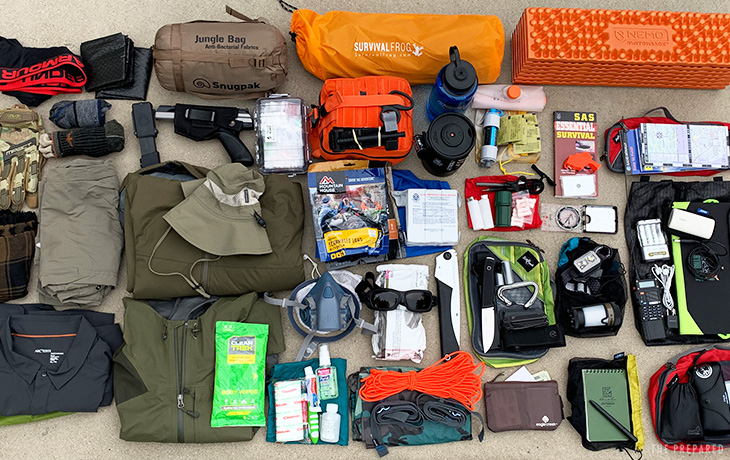
71. Not everyone can afford to respond by stocking up on necessities. If you can, make purchases for a few items over a few weeks or months and slowly build up the supplies in your Go Bag.

GO BACK TO SCHOOL!
72. If the emergency plan at your child’s school needs updating or improving, why not volunteer to help get it done? The perspective of parents is essential to making a good plan better. How do you find out about the school’s emergency plans? Ask.
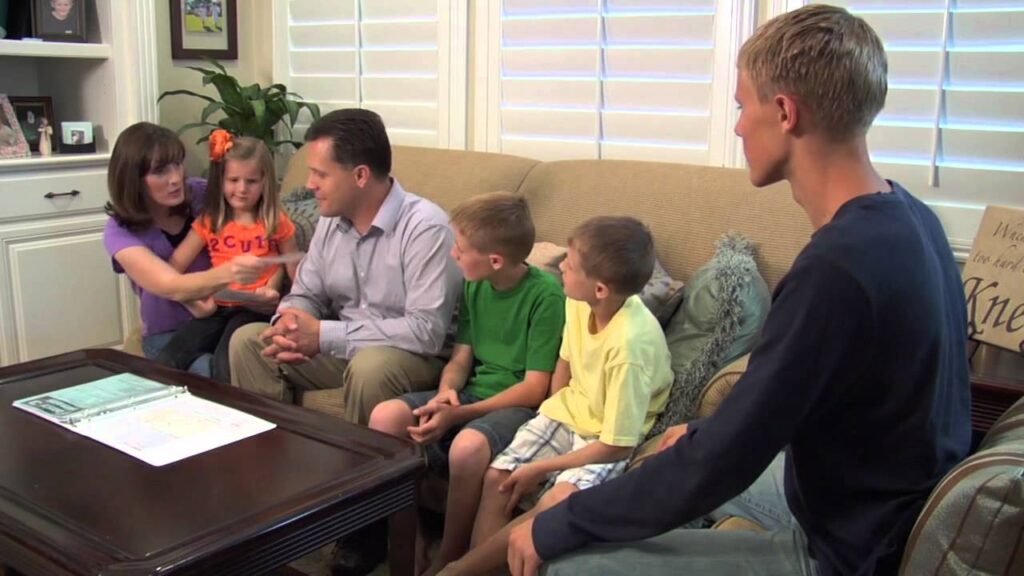
The best things in life are free
73. Sometimes it seems like a lot to make a plan, put together a disaster supply kit, and do everything you can to be prepared. But for absolutely nothing you can sit down with your family and make a communications plan, talk with your town officials about what emergencies happen there, and hunt for hazards around your house.
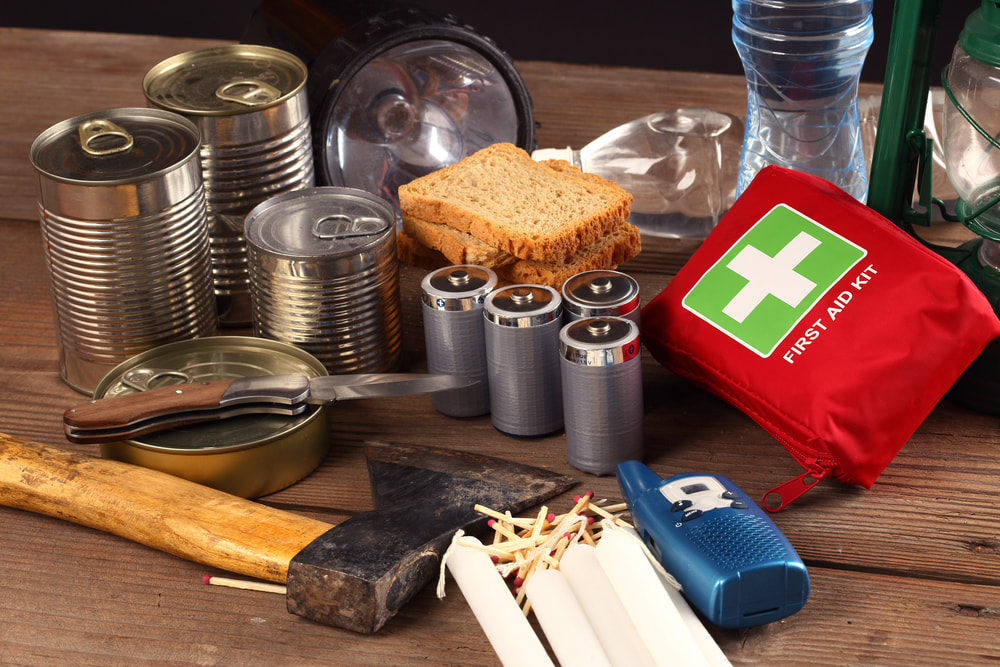
74. Gather supplies, including non-perishable foods, cleaning supplies and water and store them in a Go Bag. The CDC recommends having at least 3 days’ worth of supplies, including one gallon of water for each person and pet.
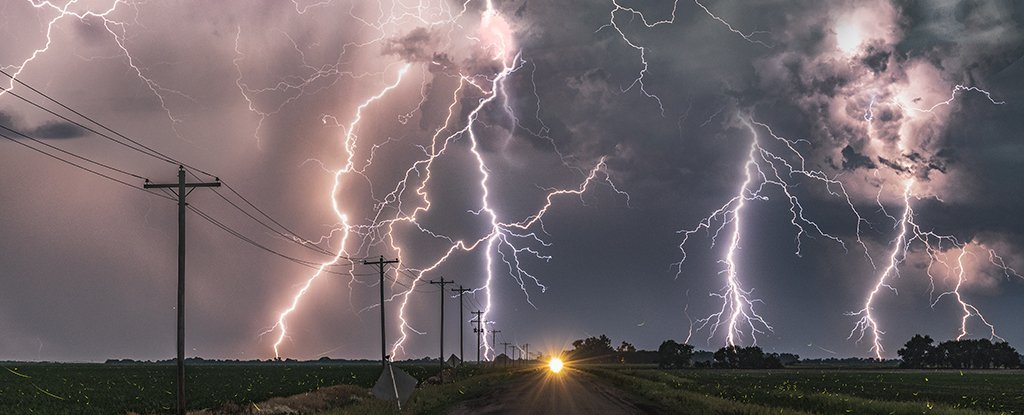
75. When thunder roars, go indoors! Seek safe shelter when you first hear thunder, see dark threatening clouds developing overhead or lightning. Stay inside until 30 minutes after you last hear thunder.

Whether you are camping or dealing with a power outage – you need to know if your food is still good. For some great tips check out our Food Safety fact sheet:
Food Safety: General
Sooner or later, every family faces a food emergency. It may be a flood, hurricane, tornado-or something less devastating, such as a power outage or the freezer discovered with its door open.
Natural disasters can create food safety and supply problems that require food safety know-how.
Here are some recommendations:
1. Keep an appliance thermometer in the refrigerator and freezer at all times to see if food is being stored at safe temperatures (40 degrees F for the refrigerator; 0 degrees F for the freezer. Most food borne illness is caused by bacteria that multiply rapidly at temperatures above 40 degrees F.
2. Leave the freezer door closed. A full freezer should keep food safe about three days; a half-full freezer, about one day. Add bags of ice or dry ice to the freezer if it appears the power will be off for an extended time. You can safely refreeze thawed foods that still contain ice crystals or feel cold and solid to the touch.
3. Refrigerated items should be safe as long as the power is out no more than about four to six hours. Discard any perishable food that has been above 40 degrees F for two hours or more, and any food that has an unusual odor, color or texture. Leave the refrigerator door closed; every time you open it, cold air escapes, causing the foods inside to reach unsafe temperatures. If it appears the power will be off more than six hours, transfer refrigerated perishable foods to an insulated cooler filled with ice or frozen gel packs. Keep a thermometer in the cooler to be sure the food stays at 40 degrees F or below.
4. Never taste food to determine its safety. Some foods may look and smell fine, but if they’ve been at room temperature longer than two hours, bacteria can multiply very rapidly. Some types will produce toxins that are not destroyed by cooking and could make you sick.
For more information about food safety during a power outage or disaster, call the USDA’s Meat and Poultry Hotline at 1-800-535-4555, Monday through Friday, 10 a.m. to 4 p.m.

Winter storms create a higher risk of car accidents, hypothermia, frostbite, carbon monoxide poisoning, and heart attacks from overexertion. Winter storms can bring extreme cold, freezing rain, snow, ice and high winds. Are you prepared for winter storms at home? At work? In your car? For tips on being ready, visit www.ready.gov/winter-weather.






